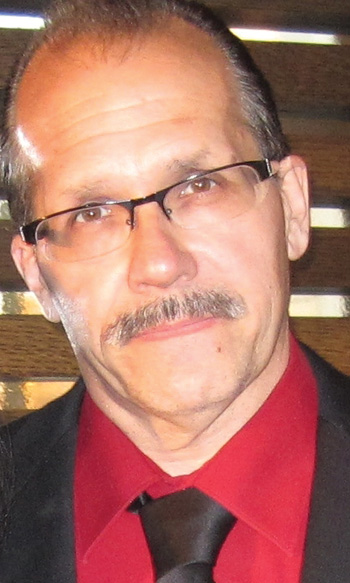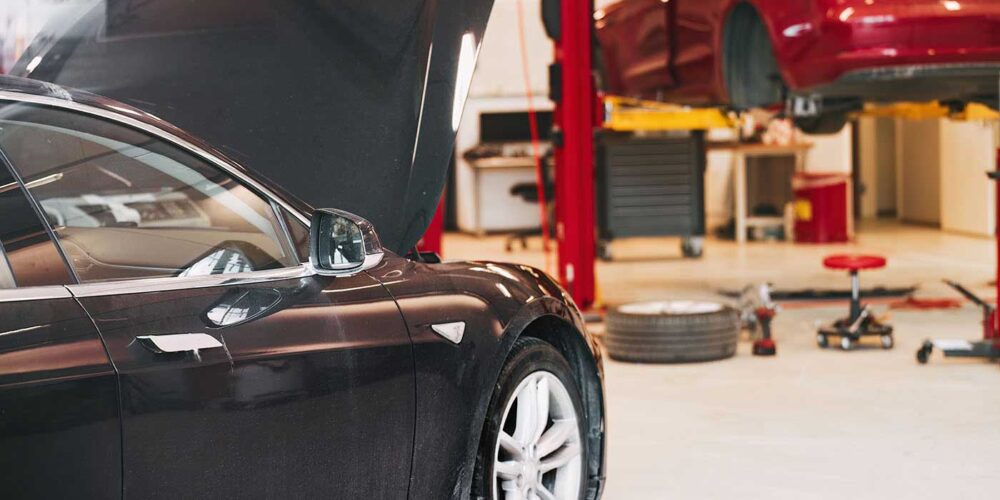 "What are some things you look for in post-repair inspections? As a tech, I’m always looking to put out a better product. Also, I’m interested in getting into the field of auto appraisal, either insurance or classic cars."
"What are some things you look for in post-repair inspections? As a tech, I’m always looking to put out a better product. Also, I’m interested in getting into the field of auto appraisal, either insurance or classic cars."
Asked by: Joe Palumbo, body technician, Haggerty Buick GMC, Villa Park, Ill.
Question answered by: Barrett Smith
I often joke that being a post-repair inspector is like being a “car whisperer.” As we inspect a vehicle, we allow it to more or less tell us its story.
I’ll walk you through the basics of an average post-repair inspection (PRI) as performed by Auto Damage Experts (ADE) to allow you to get a glimpse of what we do and what we look for.
1. The first thing we do is interview the vehicle owner to determine if there are any issues or concerns regarding the vehicle’s appearance and operation such as: squeaks, rattles, wind noise, water leaks, etc.; drivability issues (pulling, vibrations, etc.); or functional issues (radio, cooling, heater, windows, etc.)
2. The next thing we do is review the estimate/invoice for the performed repair to match the vehicle’s ID number and to understand the nature and severity of the sustained damages, including:
- Where was the damage?
- How invasive were the damages and ensuing repair?
- Frame and/or structural damages?
- What was the chosen methodology (repair, replacement, etc.)?
- What was the repairer required to do?
3. Next, if and when possible, we approach the vehicle from a distance (30 to 40 feet) while it’s outside under daylight conditions. This allows you to walk around the vehicle, comparing the color match of the damaged and repaired/blended panels to their adjacent original finish. We’ll make notes as needed regarding color match, side-cast and hue such as: “Excellent Color Match and Application”; “Poor Blend at RF door to R Rear Door”; “Substandard; Color Differs Significantly at RF Door to Fender”; and “Excessive Texture.”
Much like an expert buyer might look at the vehicle at the time of trade-in or purchase, we’ll also check the condition of the vehicle for unrelated prior damages and finish. The only difference is that we have information regarding the known repair, whereas a buyer might not have the luxury of such information.
4. As we approach the vehicle, we’ll review the list of items replaced or repaired and start looking more closely at each addressed panel’s applied paint finish for issues such as:
- Texture (excessive orange peel, too slick, “cellulite” and/or waviness)
- Buffing issues (e.g. swirl marks) or insufficiently buffed/polished areas
- Fall-out and foreign materials (dirt)
- Runs, sags, “fisheyes,” etc.
- Paint overspray on paint, trim, hardware or in jambs, etc.
- Tape-lines at trim, inner jambs, etc.
- Body repair indicators under paint (i.e. swollen sand-scratches, “bull’s eyes,” grinder marks, deformations, waviness etc.
5. We look for any obvious indicators of misaligned panels at the once-damaged and repaired panels as compared to the original, undamaged panels: misaligned, moveable panel issues (doors, hood, deck lid, etc.); uneven gaps between panels; misaligned trim and hardware (i.e. moldings, lights, etc.)
6. Depending on the nature of the damages and repair methodology, the vehicle is generally inspected inside and out, including being raised on a lift for an underside inspection where we again refer to the listed repairs and visually inspect each item that was to be repaired, replaced and/or repainted. While doing so, we look for:
- Factory appearing finish (e.g. Elpo-Primers)
- Seam sealers (correct color, application-texture and appearance)
- Sound deadening
- Pinch-weld clamp marks from anchoring
- Chain pull related marks/damage
- Painted bumper reinforcements
- Parts identification, inventory/ supplier labels visible
- Missing, damaged and/or mismatched clips and fasteners
- Paint overspray in or under vehicle
- Paint edges at edges of moldings/trim (which should have been removed)
- Paint tape lines in jambs, on panels (e.g. rear edge of hood), etc.
- Mismatching adhesives for re-used nameplates, emblems and moldings
- Repaired panel’s inner areas repaired and painted to appear as OEM
- Comparison trim/moldings placement from one side to the other
- Unaddressed welds (burns, remaining MIG/MAG wire, soot marks, etc.)
- Body repair residue inside the vehicle and anything else that doesn’t appear original.
As issues are revealed, they’re added to a list of remaining flaws, defects and issues which, in the opinion of the expert, are seen to prevent the vehicle from being restored to pre-accident condition in safety, appearance, function and value.
When dealing with issues such as determining diminished value (DV), we must assess the vehicle’s overall condition, including its pre-loss condition (interior, exterior, trim, glass, tires, etc.) as well as its post-repair condition (fit, finish and function), to determine how well the vehicle will present itself to a potential buyer. This information is necessary to help determine the vehicle’s pre-loss condition and value as compared to its post-repair condition and value.
Should a dispute arise over diminished value and/or repair-related issues, and the expert is called upon to support their findings and opinions, such vehicle documentation will be required. Keeping and maintaining clear and concise photographs and notes that clearly depict and describe any remaining flaws, defects and/or other issues that have a direct and detrimental effect on the vehicle’s value is essential.
Through ample photographs and notes, the subject vehicle will more or less speak for itself. The inspector/expert merely becomes a translator…or, as I mentioned earlier, a “car whisperer.”
Barrett Smith, AAM, grew up in a family owned and operated collision business with locations in both Washington and Alaska. Smith has managed dealership collision centers and owned and operated collision repair facilities in Tampa Bay, Fla., including an award-winning shop for 15 years (1994 to 2008). He’s also the founder and president of Auto Damage Experts, Inc., who, along with his vice president of operations and eldest son David Smith, has been providing automotive inspection and expert legal services nationwide since 1997. Smith and his wife have four children, including twin 9-year-old boys. He can be reached at (813) 657-6705 or [email protected].













